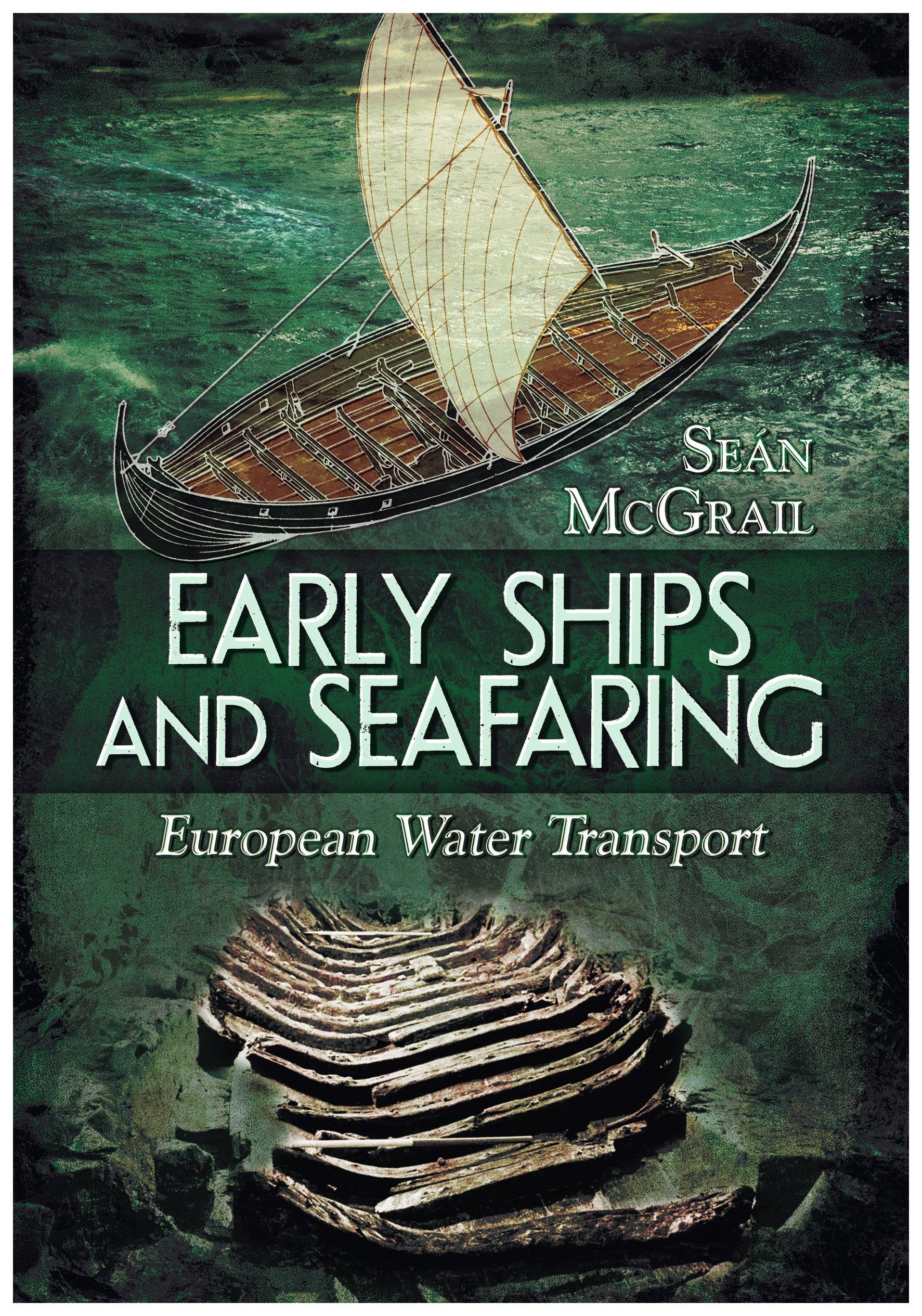Delving into our distant past
Early Ships and Seafaring: European Water Transport, by Seán McGrail
 Ships and seafaring today are the product of millennia of hardwon knowledge, with our forebears' successes and failures gradually leading to the development of larger, faster and more sophisticated vessels.
Ships and seafaring today are the product of millennia of hardwon knowledge, with our forebears' successes and failures gradually leading to the development of larger, faster and more sophisticated vessels.
When circumstances prompted a need for waterborne transport, our early ancestors hollowed out logboats and found ways to tie planks or reeds together for simple rafts. As time went on, they invented sails and learned the signs which would help them navigate out of sight of shore.
We know this partly because it must have happened in order for us to reach the point where we are now, but there is also a wealth of archaeological and historical evidence.
In Early Ships and Seafaring: European Water Transport, Seán McGrail explores this evidence in depth, referring to a wide range of documentary sources. He also looks at modern attempts to reconstruct early vessels to find out if the methods we think early boatbuilders used would result in a watertight and navigable craft.
After exploring general concepts and techniques, the author takes a closer look at early waterborne transport of the Mediterranean and Atlantic Europe. This is line with the volume's European focus; a second book exists on early ships and seafaring elsewhere in the world.
First published around a decade ago, the European volume has earned a recent reissue by Pen & Sword. Illustrated with diagrams and other black-and-white images throughout, it has a comprehensive biography and index, and is well worth a read for the thoroughness of its research.
Early Ships and Seafaring: European Water Transport
By Seán McGrail
Pen & Sword, £15.99
ISBN: 978 13990 19453
Buy this book in the Nautilus Bookshop
While you're there, why not browse the rest of the titles in our unique maritime bookshop, which sells all the books reviewed on these pages.
Buy nowMore Books
The precarious path from piracy to prosperity
The Resurrected Pirate, by Craig S ChapmanThe Resurrected Pirate is a remarkable story told in an engaging way, illustrating for the modern reader the desperately narrow passage between life and death that a seafarer in this period might have to navigate.
Carving out a career
Ships' Figureheads: Famous Carving FamiliesThe decoration of ships with figureheads was a way to present the might of military and mercantile power for centuries. These days, the skills needed to make these sculptures are kept alive by experts such as Andrew Peters, who has worked on restoration projects such as the Cutty Sark tea clipper.
Knotty problems solved
The Knot Bible: The Complete Guide to Knots And Their Uses by Nic ComptonKnot-tying is a vital competency skill for seafarers, and this expanded edition of The Knot Bible by Nic Compton offers guidance on over 200 knots and their practical uses.
Why it's nice to splice
Splicing modern ropes, 2nd edition: a practical handbook by Jan-Willem PolmanSplicing rope is as an essential skill for seafarers as tying a knot, but some skills are disappearing. This definitive guide on why splicing gets more from your rope is a great stocking filler for all boaters, whether recreational or commercial.
